|
|
Third Axis, Fourth Ally
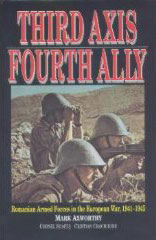 |
Third Axis, Fourth Ally
Romanian Armed Forces in the European War, 1941 – 1945
Written by Mark Axworthy, Cornel Scafes and Cristian Craciunoiu.
Published by Arms and Armour Press, London. 1995
ISBN: 1-85409-267-7
Reviewed by Tom Robertson
The Eastern Front is correctly portrayed as a struggle between the USSR and Germany, however, such was its scale that it swallowed the campaigns of arguably the Second Axis army in Europe, that of Romania, almost without trace. The basic contention of this book is that Romania, by virtue of the motivation of Marshal Antonescu and the military and economic resources he put at the Axis’s disposal, was more comparable in importance with Italy than with the other minor Axis satellites.
|
Its role in the Second World War is thus deserving of reappraisal. The title of this book refers to the fact that Romania was not only the third axis power in the European war, but fielded the fourth largest Allied army in 1944 –45. Indeed, in 1943-44 it was the second Axis power on the continent and in 1944–45 it suffered the third-highest Allied casualties.
Historical circumstances have ensured that Romania’s contribution in WWII has been un-researched.
|
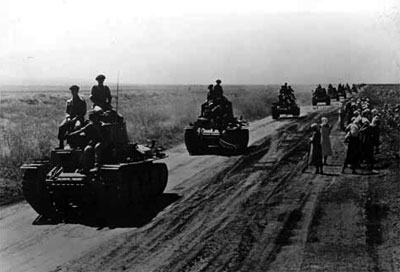
|
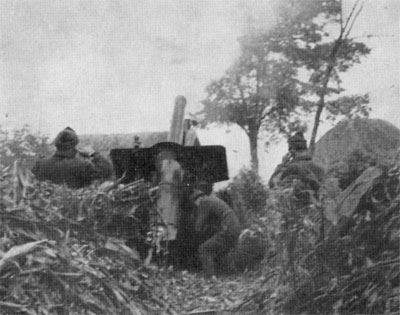 |
The post war Communist government forbad research into the 1941 – 44 years, when the country was embarrassingly in the Axis camp, and presented a very uncritical, self-promoting official view of the 1944-45 campaigns with the Allies. German memoirs have often tended to use the Romanians as scapegoats for their own failures, while Soviet publications have often failed to differentiate Romanian activities from those of the Germans. This book uses largely Romanian sources to provide a new perspective on the struggle on the Eastern Front.
|
This was a very interesting and easy book to read. It provides the reader with well researched discussions on how Romania ended up fighting for the Germans and then the Soviets, when really all they wanted was to recover the land taken from them in June 1940. First by Russia as part of the German-Soviet Molotov-Ribbentrop Pact and then the loss of Northern Transylvania to Hungary by an imposed pact enforced by Germany. Thus psychologically, and often physically, the Romanian Army was effectively at war with Russia from June 1940.
|
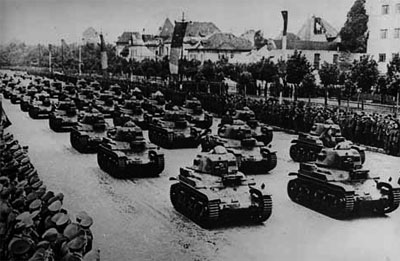 |
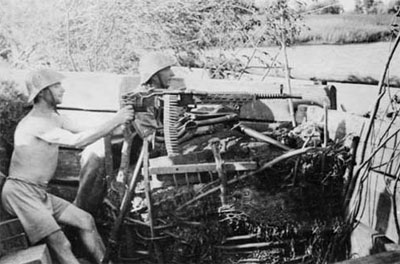 |
The Romanian Army very nearly went to war with Hungary over the imposed loss of Transylvania, as well. The result of the close proximity of the Hungarians to the industrial base of Romania after this loss and other implications of the Transylvanian issue justified the Romanians in keeping their 1st Army, of never less than 5 Divisions, at home during the war, while the Hungarians always had two armies in country. The result was constant tension on the mutual frontier, with 254 armed clashes occurring between Sept 1940 and August 1944, of which Hitler held the Hungarian army largely responsible.
|
This book details the lead up to war, then the first campaign of June 1941 to June 1942, which included the liberation of Basarabia and Northern Bucovina (confiscated by Russia in 1940), the siege of Odessa, and the Crimean campaign. The Second Campaign covers July 1942 to January 1943 and detailing the advances into the Caucasus, the advance on Stalingrad, Soviet counteroffensive of November 1942 and the subsequent destruction of the 3rd and 4th Romanian armies.
|
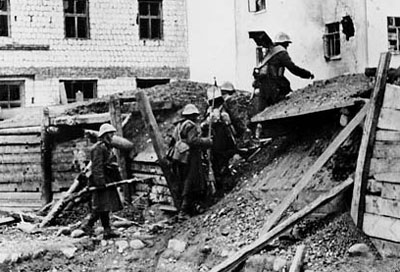 |
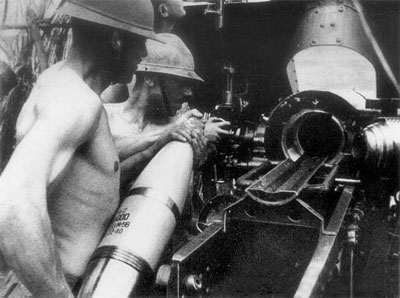 |
There is also a comparison of relative Axis combat performances from this period. The next chapter covers the Black Sea Campaign, January 1943 to May 1944, followed by the 1944 campaign through to August 1944 and the libration of Romania. The book then covers the Western campaign under Soviet command that results in the liberation of Transylvania. The book concludes by looking at Romanian Armour, Aircraft industry, the Air force operations, and Naval operations. The book includes an excellent bibliography and index.
|
My overall impression, based on this book, is that Romania got poorly
treated by the Germans and then by the Soviets. The Romanians fielded
over 585,930 troops in the First Campaign with losses of 131,307
killed, wounded and missing, by the end of hostilities again Russian,
the Romanians had lost 72,291 killed, 242,425 wounded and 282,322
missing (some 80,000 surviving captivity) giving actual losses at
nearly 300,000. Against the Axis in 1944-45 a further 169,000
casualties (kill, wounded and missing). The Soviets deliberately ran
the Romanian army into the ground. They lost nearly 100% of its
frontline infantry strength and the armoured regiment was reduced to
the point of extinction. This made it easier for the Communists to take
power post WWII. I highly recommend this book, so if you get a chance
to read it, do so.
~ Tom Robertson.
This book is available in New Zealand at the Waikato University and Canterbury University Libraries.
|
Last Updated On Wednesday, February 10, 2010 by Blake at Battlefront
|
|